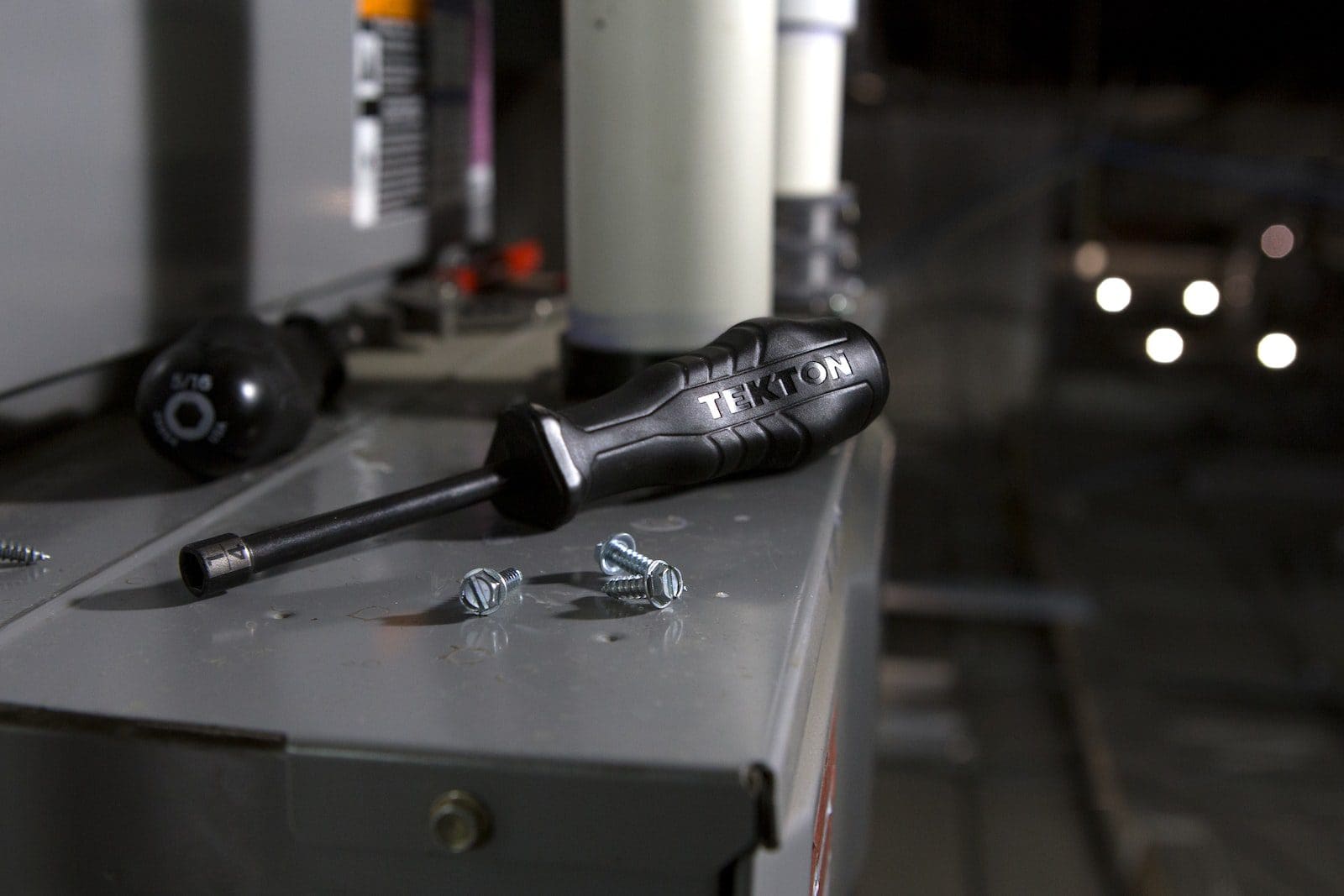Torque is the measure of the force that can make an object rotate about an axis. It is the rotational equivalent of linear points. It is the measurement of the turning force of an object.
It is produced by coupling forces.
For example, a rotational force that works on the ceiling fan causes it to rotate about its axis due to the magnetic effect of the current Torque, or the force that causes a bolt to come out when rotated with a wrench is Torque. There are various daily life examples where you can observe Torque.
On the other hand, Moment, in terms of physics, measures the tendency of a force that can cause a body to rotate about its axis. A moment is due to a force not having an equal and opposite party directly along its line of action.
Moment unlike Torque is static; for example, if two intelligent boys push a door along each other’s line of action but in the opposite direction of each other, and one decides to back off. The person still pushing on the door creates a moment.
The moment is static and is only available only for a moment. Still, Torque is both static and dynamic Torque is something that produces angular acceleration, but in the case of the moment, there is no angular acceleration due to this.
Key Takeaways
- Torque is the rotational force applied to an object, whereas moment refers to the turning effect produced by force acting at a distance from a point.
- Both torque and moment are measured in Newton meters (Nm) and are essential for understanding the mechanics of rotational systems.
- Torque is commonly associated with engines and motors, while the moment is used in various engineering applications, such as analyzing beams and structural systems.
Torque vs Moment
Torque is a term in physics which is used to describe a measure of the force that causes rotational motion. Torque is a vector quantity. Moment is a term in physics which is used to describe the product of force and the distance from the axis of rotation. Moment is a scalar quantity.

They both are directly proportional to the distance from the body’s axis of rotation. Calculating Torque is simple: multiplying the applied force with the lever arm.
Moment and Torque are perpendicular to the line joining the hinge and the point of application of force. They both have different SI units. Torque has an SI unit of N-m/revolution, whereas the SI unit of Moment is NM.
They both have different symbols. Torque is a Greek letter in lowercase Tau, whereas Moment is M, which can be seen in its SI unit. Moments are of different kinds, such as the moment of force, a moment of momentum, etc.
Comparison Table
| Parameter of Comparison | Torque | Moment |
|---|---|---|
| Definition | Measurement of a force that causes rotation of a body | Measurement of the tendency of a body to cause its rotation |
| Symbol | Greek lowercase letter tau | M |
| SI unit | N-m/revolution | NM |
| Availability | It is used where there is a rotation | It used essentially in non-rotational events |
What is Torque?
Torque is the measure of the force that can make an object rotate about an axis. It is the rotational equivalent of linear points. It is the measurement of the turning force of an object. It is produced by coupling forces.
For example, a rotational force that works on the ceiling fan causes it to rotate about its axis due to the magnetic effect of the current Torque, or the force that causes a bolt to come out when rotated with a wrench is Torque. There are various daily life examples where you can observe Torque.

What is Moment?
Torque has SI unit N-m/revolution and is represented as a Greek letter in lowercase Tau. Torque is both static and dynamic, and Torque produces angular acceleration, but in the case of a moment, there is no angular acceleration.
A moment in terms of physics, is the measure of the tendency of a force that can cause a body to rotate about its axis. A moment is due to a force not having an equal and opposite party directly along its line of action.
Moment unlike Torque is static; for example, if two intelligent boys push a door along each other’s line of action but in the opposite direction of each other, and one decides to back off. The person still pushing on the door creates a moment.
The moment is static in nature and is only available for a moment, and it, unlike Torque, it cannot produce angular acceleration as it is just a momentary force. The SI unit of Moment is NM and is represented as M.

Main Differences Between Torque and Moment
- The measurement of a force that causes the rotation of a body is Torque, whereas the measurement of a body’s tendency to cause its rotation is Moment.
- The symbol for Torque is tau, whereas for Moment is MSI unit of Torque is N-m/revs, and of Moment is NM.
- Torque is used where there are coupling forces of rotating in nature, and Moment is used where there is no rotating force.
- Torque is a force of dynamic and static nature, whereas Moment is a force of static nature.
- To this static nature, the Moment cannot produce angular acceleration like the Torque.

- https://ieeexplore.ieee.org/abstract/document/8464304/
- https://asmedigitalcollection.asme.org/manufacturingscience/article-abstract/99/3/715/428392

The distinction between torque and moment is very well articulated in this article. Kudos to the writer for such clarity!
I couldn’t agree more, Melissa. It’s not you find such comprehensive explanations of physics concepts.
The article presents a scholarly treatment of torque and moment, providing a comprehensive understanding of the concepts.
Absolutely, Stefan. The academic rigor in the content makes it an enlightening read for those keen on physics.
I appreciate the in-depth comparison between torque and moment. This article is a great reference for anyone interested in this subject.
I couldn’t agree more, Maria. The thorough exploration of the topic makes it invaluable as a learning resource.
I found the daily life examples provided for torque really insightful. It’s refreshing to see physics concepts explained in such relatable terms.
Absolutely, Ross! The examples make the concepts much easier to grasp, especially for non-physics backgrounds.
The lucid explanation of torque and moment in this article is truly commendable. Thoroughly enjoyed reading it!
Absolutely, Patrick. The article’s clarity and depth make it an excellent resource for students and enthusiasts alike.
The detailed explanation of torque and moment is fantastic! I’ve gained a much clearer understanding after reading this article.
I’m so glad you found it helpful, Theresa! The article truly delves into the intricacies of these concepts.
This article provides a clear explanation of torque and moment, it’s genuinely helpful to understand the difference between both
I totally agree! I’ve always struggled to differentiate between torque and moment, and this article really clarified it for me.
The comparison table is excellent, it makes it easy to distinguish between torque and moment. Great article!
This article is a great resource for anyone trying to understand torque and moment. Well done!
Absolutely, Dross. The article not only explains the concepts but also provides practical examples for better understanding.
The distinction between torque and moment has never been clearer! This article is educational and engaging, a definite must-read.
I couldn’t agree more, Eileen. The article captures the essence of these concepts in a compelling manner.